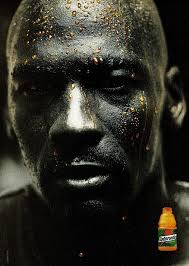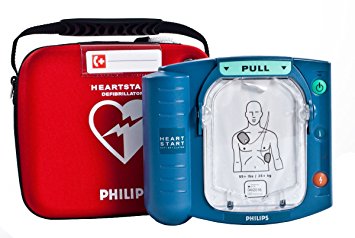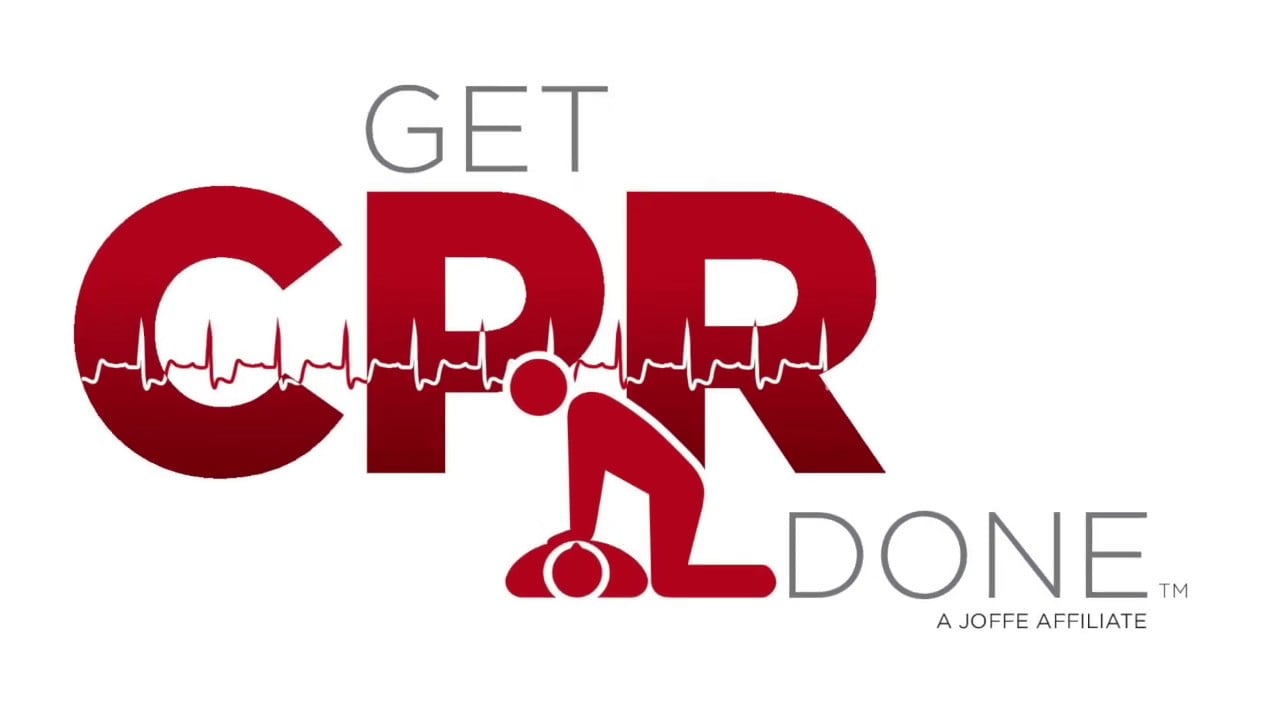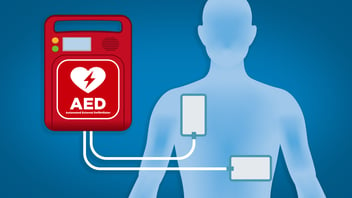Cardiac arrest is one of the leading causes of death in humans. I know, I’m starting this article out with a statistical bummer, but it has a purpose. After reading this article, you should be able to identify and treat cardiac arrest when it happens. If nothing else, keep this information in the back of your head. It may end up being lifesaving.
Cardiac Arrest is NOT a Heart Attack
Let’s start by debunking a common misconception. Cardiac arrest and a heart attack are related, to be sure, but they are two different problems that stem from two different causes. A heart attack is caused by a circulation problem. The heart is working fine, but blood cannot get to it due to some blockage. Cardiac arrest is when the electrical system of the heart suddenly stops working. Did you know our hearts beat because of little electrical signals? I don’t know, I just think that’s neat, like we’re bionic or something.
Anyway, Cardiac arrest is when those electrical signals stop for whatever reason. This causes the heart to simply stop beating.
So How Do I Tell the Difference?

A person having a heart attack will usually be uncomfortable, but conscious. They may feel pain, pressure, or burning in their chest. They may be sweating, or breathing irregularly. There is no procedure you can perform. Just call 911, sit them down, and try to keep them calm.
A person having a sudden cardiac arrest will be unconscious. They will have little to no pulse (which can be checked at the wrist under the palm or at the neck in line with the ear under the jaw) and labored or no breathing. Call 911. Now, while you’re waiting for them to show up…
AED and CPR
Alligator Eating Doughnuts and Cobra Pretty Rad. Kidding. These acronyms actually stand for Automated External Defibrillator and Cardio Pulmonary Resuscitation. If an AED machine is available, get it. If it isn’t, see if someone can find one. If one is around, it is best to have someone trained in using an AED do it. If nobody trained is around, that’s okay. AEDs are designed to give the user visual and auditory prompts. Additionally, you may call 911 and have the operator guide you through the procedure. If there is no AED around, or you’re waiting for someone to find one, proceed right to performing CPR.
Using an AED

Like I said, the AED should prompt you how to use it, but I’ll put it here anyway, just in case. As a general note, nobody should touch the victim once the machine is being used. The machine delivers electrical shocks, and if anyone is touching them, they may receive a shock as well.
1. Lay the person down, belly up. If you suspect head or neck injury, don’t move them. Do what you can from their original position.
2. Check pulse and breathing once more.
3. Turn the AED on.
4. Make sure they have a bare chest. There should be two sticky pads attached to the machine. They should be applied directly to the skin: one directly above their right nipple, and the other slightly below the left nipple and slightly to the left, on the ribcage.
5. Press the AED ‘analyze’ button. The machine will measure the patient’s pulse and heart rhythm.
6. If the person needs a shock, the AED will audibly let you know. If and when it does, yell “CLEAR!” to make absolutely sure nobody but the victim will be shocked. When you are sure everyone is free and clear, press the shock button.
7. Resume (or start) CPR for two minutes, then use the AED again.
8. Repeat this process until pulse returns or medical authority arrives.
Doing CPR
1. Get the person on their back, belly up. If you suspect head or neck injury, leave the person where they are and do what you can from that position.
2. Check breathing and pulse once again.
3. Place the heel of your hand on the mid-chest towards the bottom of the breastbone. Put the heel of your second hand on top of the other hand. Position yourself so you can put as much force as possible on the other person.
4. Start thrusting down at the other person’s chest with your arms and as much of your body weight as you can. You want to do 30 of them in quick succession, about 100 thrusts a minute, or to the beat of Stayin’ Alive by the Bee Gee’s.
5. Tilt their head back, pinch their nose, and breathe into their mouths until you see or feel their chest rising. Give them two breaths and then go back to compressions. Do this for two minutes.
6. After two minutes use the AED if one is available.
7. Repeat this process until pulse returns or medical authority arrives.
Call an Emergency Vehicle

As always in a medical emergency, call an emergency vehicle as soon as possible. Even if the pulse starts up again, a doctor is going to need to check the victim out. There may be damage done to the heart stopping, or from the CPR. If you think you may have hurt someone doing CPR, don’t stop, a doctor will take care of it.
As always, friends, stay safe. I don’t wish this situation upon any of you, but if you find yourself in the same room as someone who suffers a cardiac arrest, you must be as prepared as possible.




